Nothing says nostalgia like our favourite picture book. Books like Where The Wild Things Are by Maurice Sendak or Mog The Forgetful Cat by Judith Kerr can transport us back to our childhood. Picture books act as a doorway into the world of literature and set us on the path of reading that for people like myself, lasts a lifetime.
But, ask yourself this question, did you ever come across a picture book that featured a character with a disability?
When I first began my Masters Degree in Children's Literature I was drawn to the study of picture books, I wanted to explore the genre further and the ways it enabled children to interpret and understand the world around them.
As I began to sift through the books I once read when I was a child, it occurred to me that I could never fully relate to the characters within them for one key reason; none of them had a disability.
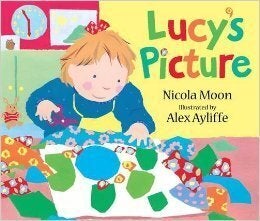
So, in a project I went in search of picture books that represented disability. The project was driven by my personal belief that picture books could be an effective and successful way of opening up a conversation about disability, which can subsequently enable a child to understand and accept disability in real life. I discovered a selection of books and visited a local primary school to see how the children responded to the stories and how it shaped their views on disability. The project resulted in the discovery of a number of picture books that depicted disability.
I found a number of picture books that dealt with sight loss like Moles Sunrise by Jean Wills, Lucy's Picture by Nicola Moon and The Secret Code by Dana Meachen Rau. All of these books explored the way that the visually impaired characters interpret the world in a different way like Mole imagining the sunrise with the help of his friends in Mole's Sunrise or how they use their other senses like Oscar uses braille in The Secret Code and Lucy's Grandfather uses the sense of touch in Lucy's Picture.
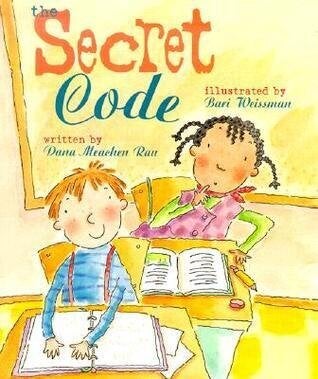
Then there are books that "myth bust" some of the stigmas that have been pepetuated about those with disabilities. These books have the potential to break down barriers between children with disabilities and those without. Moses Goes to a Concert by Isaac Millman debunks the myth that people with sensory disabilities cannot participate in activities that are linked with the sense that has been restricted. The book shows Moses -a boy who happens to be deaf visiting a music concert along with his other hard of hearing classmates. They meet a percussionist who also happens to be deaf and following an afternoon of playing instruments Moses is too inspired to become a musician. Another "myth buster" is Susan Laughs by Jeanne Wills which shows a young girl called Susan living her everyday life and experiencing many of the same milestones children do in growing up. Her disability is only revealed on the final page where she is shown sitting in her wheelchair, thus proving that a disability does not define a person.
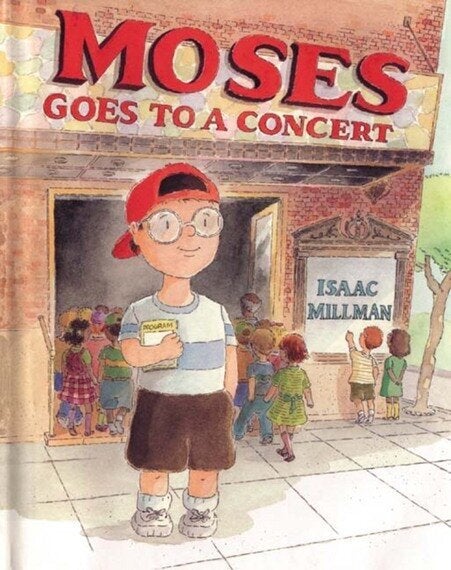
But, some authors and illustrators choose to take a different approach where disability is concerned, books like Quentin Blake's The Five of Us and Max the Champion by Alexandra Strick and Sean Stockdale are some examples of books that include a disability in the picture, however the disability is not explicitly mentioned in the book. In short, the disability is there, yet the disability is not the story.
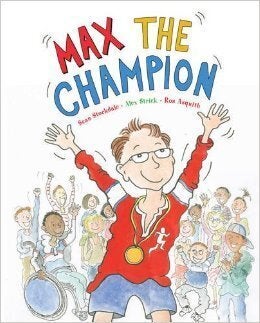
Whilst there are certainly a lot more books that include disability than there was when I was growing up, disability is still a very underrepresented group in Children's Literature. Books play a crucial role in the way children learn to embrace diversity and a key way that attitudes towards disability can be positively changed is through books. We need to see even more books that deal with disabilities on a wider level, that talk about invisible disabilities and books that portray children with disabilities having adventures and just being themselves.
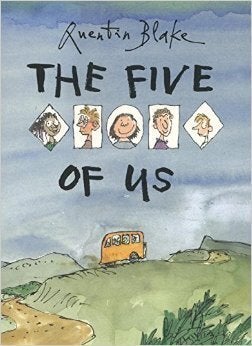
A recent poll run by Scope for National Storytelling Week revealed that 77% of people believe that there needs to be more disability representation in literature. Lets hope that this is one day reflected in our libraries and bookshops. So that all children with disabilities may be able to open a picture book, smile and say 'they're just like me!'